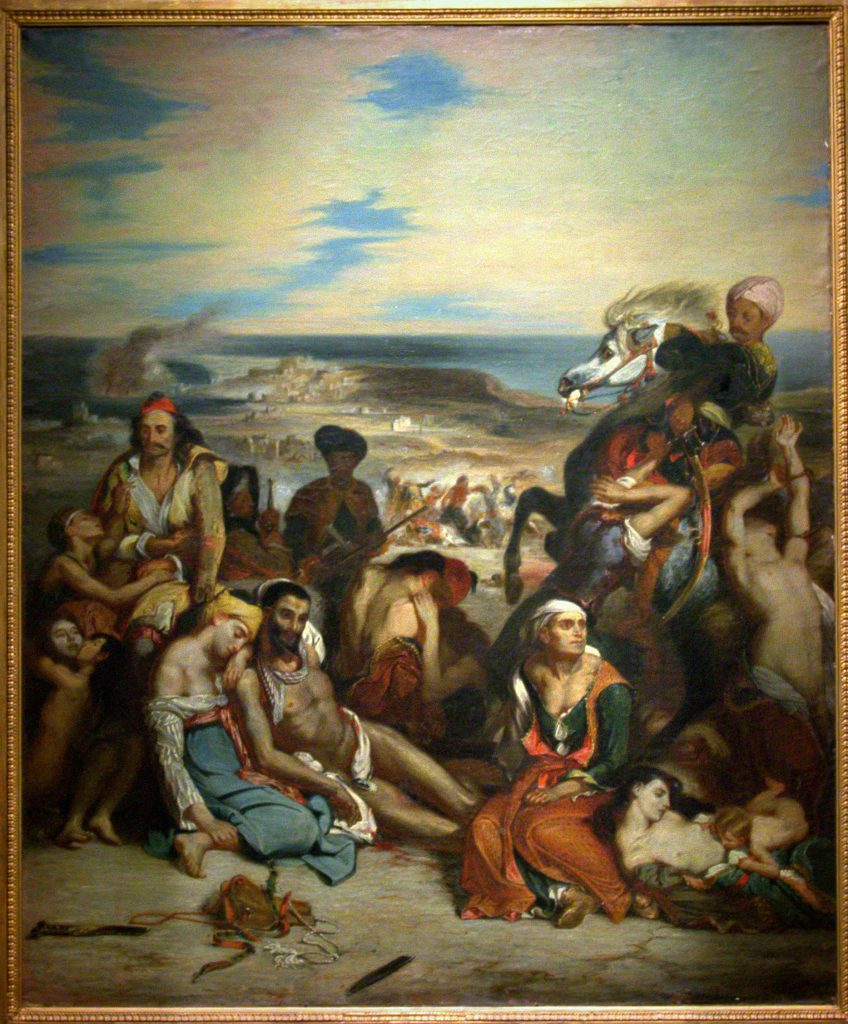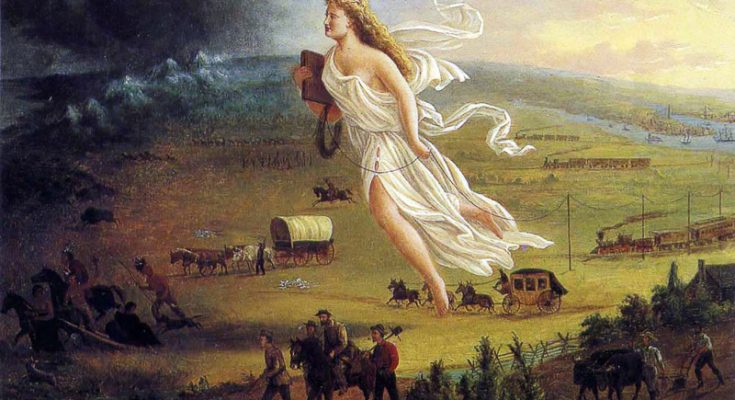Romanticism and Its Contributions to Nationalism
Table of Contents
What is Romanticism
- Definition- Romanticism was an artistic, literary, and intellectual movement that originated in Europe toward the end of the 18th century and peaked in the first half of the 19th century. It emphasised emotion, individualism, and the glorification of the past and nature.
- Contrast to Enlightenment- Romanticism arose as a reaction to the Enlightenment’s emphasis on reason, logic, and science, advocating instead for intuition, emotion, and the importance of cultural heritage.
Romanticism played a crucial role in the rise of nationalism in Europe by emphasising cultural heritage, folklore, and the emotional bonds that tie a people together. Through the works of artists like Delacroix and the Grimm brothers, as well as the national struggles in countries like Poland, Romanticism helped forge a sense of common identity and purpose among disparate groups, laying the groundwork for the modern nation-state. The movement’s legacy is a testament to the power of culture, art, and history in shaping political and social movements.
Romanticism’s Role in Nationalism
Bridging Cultural Heritage and National Identity
- Emotional Resonance- Romanticism’s emphasis on emotion and individual experience allowed it to forge a deep connection between people’s personal feelings and the broader national identity. This emotional engagement made the concept of the nation more accessible and relatable to the general populace.
- Cultural Revival- By valuing folklore, traditional music, art, and poetry, Romanticism played a crucial role in reviving and celebrating cultural practices that were unique to each nation. This revival not only reinforced a sense of pride and belonging among the people but also distinguished different national identities from each other.
Fostering a Collective National Consciousness
- Shared Historical Narratives- Romantic artists and writers often delved into the past, highlighting historical events, heroes, and legends that underscored the uniqueness and valour of their nations. These narratives helped to build a shared history, fostering a collective national consciousness.
- Language and Folklore- The movement’s focus on the vernacular and the collection of folk stories and songs played a significant role in promoting the national language as a key element of national identity. This was particularly important in regions under foreign domination or those experiencing cultural homogenization due to globalisation.
The Symbolic Use of Nature and Landscape
- Nature as National Symbol- Romanticism’s idealisation of nature and the landscape also contributed to nationalism. Natural features like mountains, rivers, and forests were imbued with national significance, becoming symbols of the nation’s spirit and its historical and cultural essence.
- Art as a Medium of National Sentiment- Romantic paintings and literature often used these natural landscapes as backdrops for stories and images that evoked a strong sense of place and belonging, further solidifying the connection between the nation’s geography and its identity.
Key Events and Figures
- Eugene Delacroix (1798-1863)- A leading figure in French Romanticism, known for his expressive brushstrokes and study of the optical effects of colour. His painting “The Massacre at Chios” (1824) vividly portrays the suffering of the Greeks at the hands of the Turks, emphasising the emotional impact and garnering sympathy for the Greek cause.
- Johann Gottfried Herder (1744-1803)- A German philosopher who argued that a nation’s character was best reflected in the common people and their traditions, including folklore, dances, and songs. He believed in the concept of “Volksgeist” (the spirit of the people) as the true essence of national identity.

The Grimm Brothers and German Nationalism
- Jacob (1785-1863) and Wilhelm Grimm (1786-1859)- German academics, philologists, cultural researchers, and authors who together collected and published folklore during the 19th century. They are among the most well-known storytellers of folk tales, popularising stories such as “Cinderella” (“Aschenputtel”), “The Frog Prince” (“Der Froschkönig”), “Hänsel and Gretel” (“Hänsel und Gretel”), “Rapunzel”, “Snow White” (“Schneewittchen”), and “Rumpelstiltskin” (“Rumpelstilzchen”).
- Contribution to Nationalism- By collecting and publishing German folk tales, they sought to preserve and promote German cultural heritage, opposing the French cultural influence during the Napoleonic Wars. Their work contributed significantly to the development of German nationalism by fostering a sense of a shared cultural and historical heritage.
Also Check – Grimm Brothers – Jacob and Wilhelm Grimm
Romanticism in Poland and the Role of Language
- Poland’s Partition (1772, 1793, and 1795)- The partitions by Russia, Prussia, and Austria led to the disappearance of Poland as an independent state, making cultural nationalism an essential tool for maintaining Polish identity.
- Karol Kurpinski (1785-1857)- A Polish composer who used his operas and music to celebrate the national struggle, incorporating folk dances like the polonaise and mazurka into the national consciousness as symbols of resistance and pride.
- The 1831 Uprising- An armed rebellion against Russian rule in Poland, which, although ultimately unsuccessful, played a significant role in strengthening Polish nationalism. The repression that followed, including the Russification policies, led to the Polish language becoming a potent symbol of resistance.
- Role of the Clergy- After the uprising, the Polish clergy used the Polish language for church gatherings and religious instruction, defying the Russian-imposed ban. This act of resistance led to many being jailed or exiled to Siberia, further cementing the role of language in the national struggle.
Also Check – The Role of Women in Nationalist Struggles – Short note
Also Check – The Frankfurt Parliament
Also Check – The Rise of Nationalism in Europe- 39 Mcqs
Also Check – The Rise of Nationalism in Europe – Class 10 – Notes
Also Check – Otto von Bismarck- Architect of German Unification
Also Check – Briefly trace the process of German unification
Also Check – Napoleon and the Napoleonic Code- Impact on European Societies and Legal Systems

